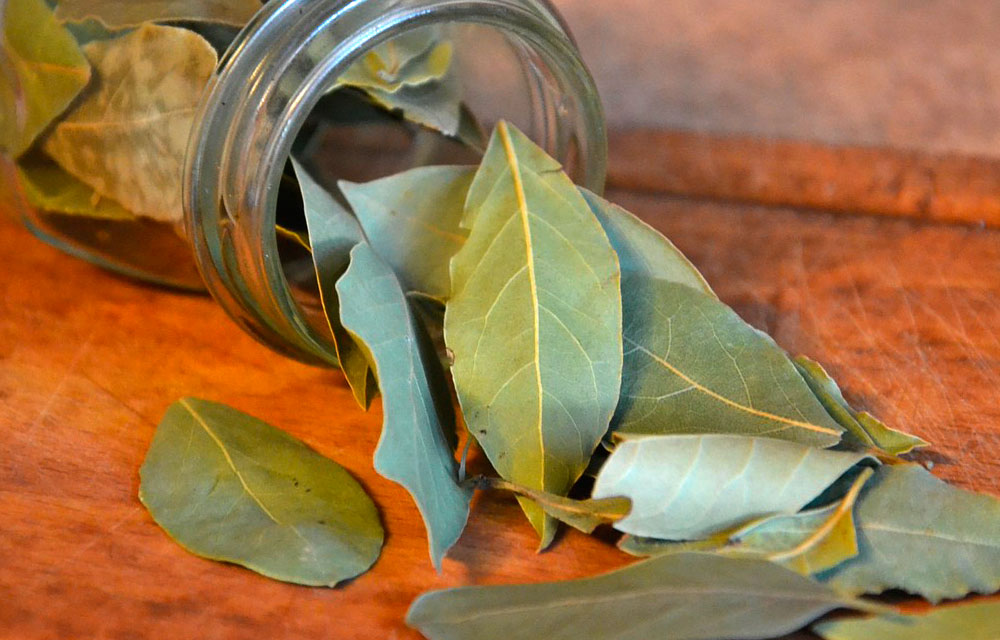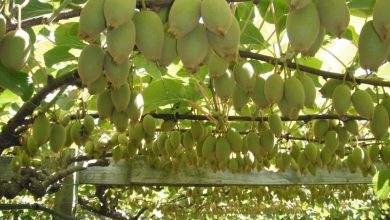Technical report for laurel cultivation

The laurel is a large tree or shrub from which its leaves are collected to flavor or enrich different gastronomic dishes.
It is used in stews, ragout, lamb, veal, chicken, stews and marinades, as well as in the preparation of sauces, marinades and pasta.
It is an easy plant to grow and since its use is limited, with a single specimen in the orchard or garden, we can have leaves for the whole year.
Other uses of the laurel is that of its fruits in pharmacology, these and their leaves in the perfumery and liquor industry, through the use of the distillate of its oil.
laurus nobilis
Commonly known as laurel, its scientific name is Laurus nobilis and it belongs to the Lauraceae family.
The laurel is a large tree or shrub with straight branches, smooth bark that develops creating a dense crown. In the wild it can exceed 8 meters in height, although in cultivation it does not usually exceed three meters.
It is evergreen. Its leaves are shiny, smooth, lanceolate and very aromatic.
It blooms in late spring and its flowers are small, yellow in color and arranged in umbels. After fertilization, its fruits are technically ovoid berries the size of a pea, they are green at the beginning that turn purple when ripe.
Laurel sowing and planting
For the cultivation of laurel, as a flower plant, it can be reproduced by seed. In this case, it is usually sown in autumn, using small pots filled with a peaty substrate.
But the most usual thing is to multiply it by cuttings or by layering in spring, since these techniques are faster than multiplication by seeds.
For this, tender cuttings of 8 to 10 centimeters are cut from selected plants from mid-August to the end of September, depending on the prevailing weather. These are also planted in small pots with a slightly fertilized pH 6.5 peaty substrate. The cuttings must be protected from direct sun, wind and high ambient humidity to prevent them from dehydrating during the rooting period.
Once they take root, they will be planted in the final plot or in a larger pot during the following spring.
Another method is that of woody cutting. For this, the cuttings will be obtained during the fall. These cuttings are larger, about 20 centimeters, and are planted directly in moist, sandy soil, well packed around the cutting, in a shaded and sheltered spot.

laurel harvest
The most common is the use of its leaves. Thus, its culinary applications begin with the collection of its leaves, which we let dry.
The leaves are collected to be used fresh throughout the year. The other option is to cut branches and let them dry in a cool, well ventilated and shaded place. Once the leaves are dry, they can be stored in glass jars until use.
Its leaves have healthy properties. It is a stomach tonic and helps fight flatulence. Antiseptic, digestive and sudorific properties are also attributed to it.
Necessities for the cultivation of laurel
It is a very rustic plant and, therefore, resistant. It requires moderate watering during spring and summer, decreasing in autumn and winter.
The laurel requires a sunny but sheltered exposure. As for soils, it prefers loose, dry, light, fresh, rich and well drained.
Laurel pests and diseases
The most common diseases of the laurel are the so-called rotten root, caused by excess irrigation or continuous flooding of the ground; The bacteria called Pseudomonas Syringae, which appears after the plant is pruned; And leaf pox which is caused by the organism Stigmina carpophila.
Regarding pests, there is the Sila (Psylla piri), mealybugs and aphids. These last two usually chain the appearance of the fungus called negrita (Tricholoma terreum) on its leaves.


![Photo of Cabbage Caterpillars (Pieris brassicae and Pieris rapae): [Characteristics, Detection, Effects and Treatment]](https://www.complete-gardening.com/wp-content/uploads/2022/08/cabbage-caterpillars-pieris-brassicae-and-pieris-rapae-characteristics-detection-effects-and-treatment.gif)
